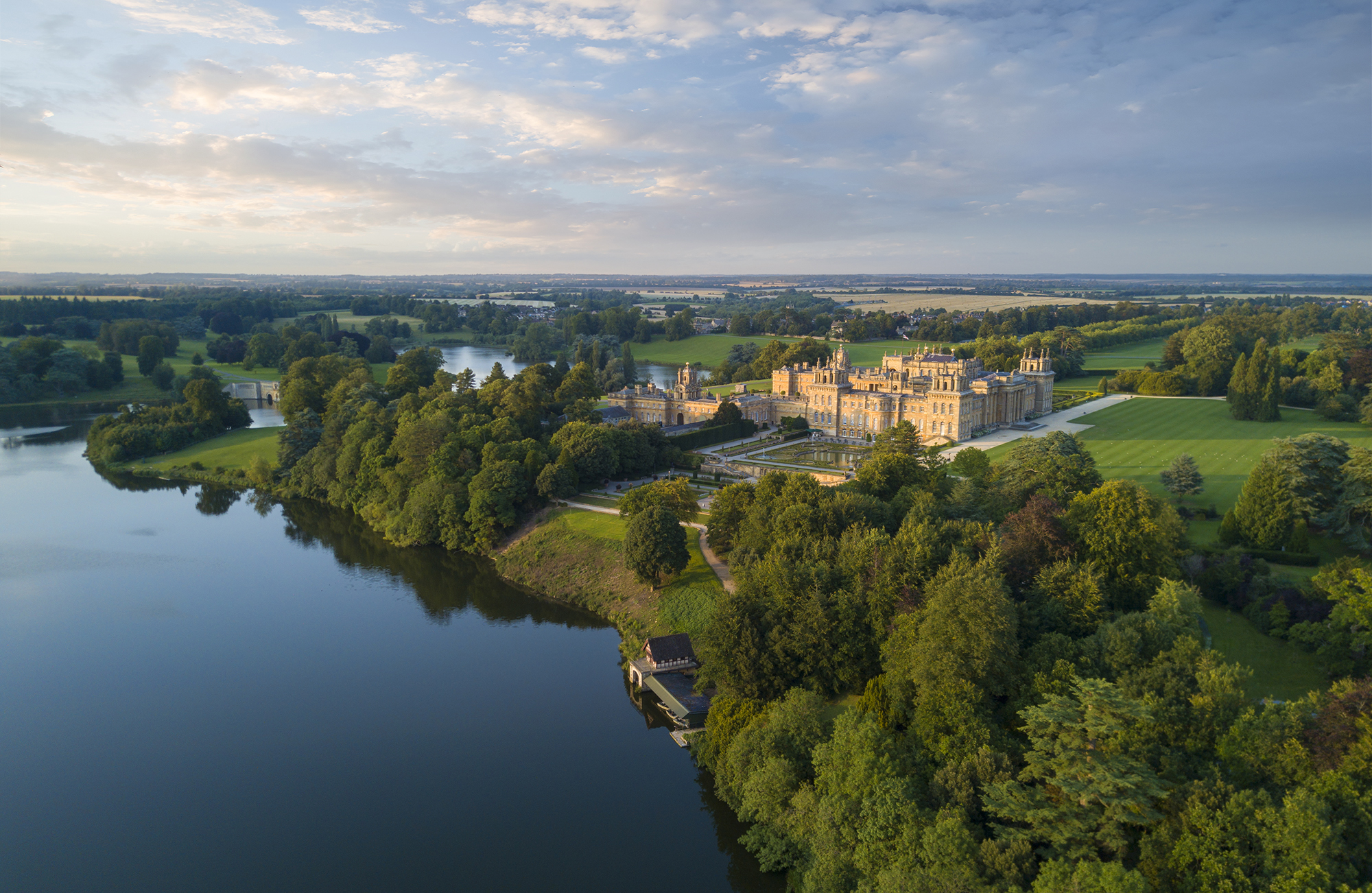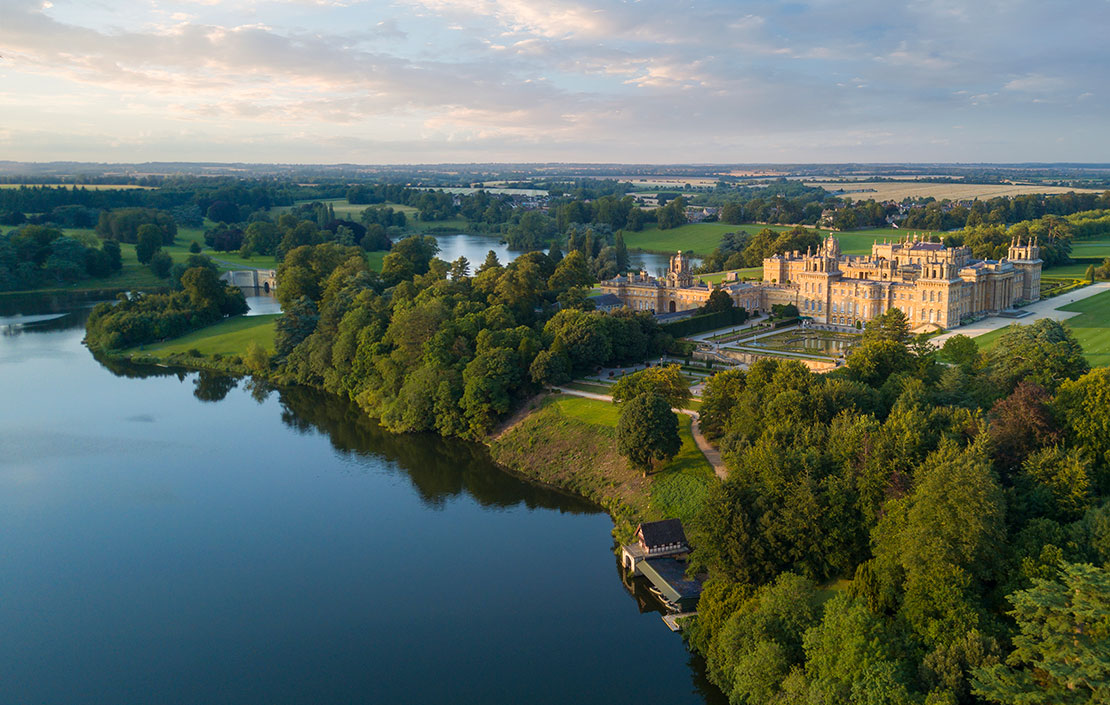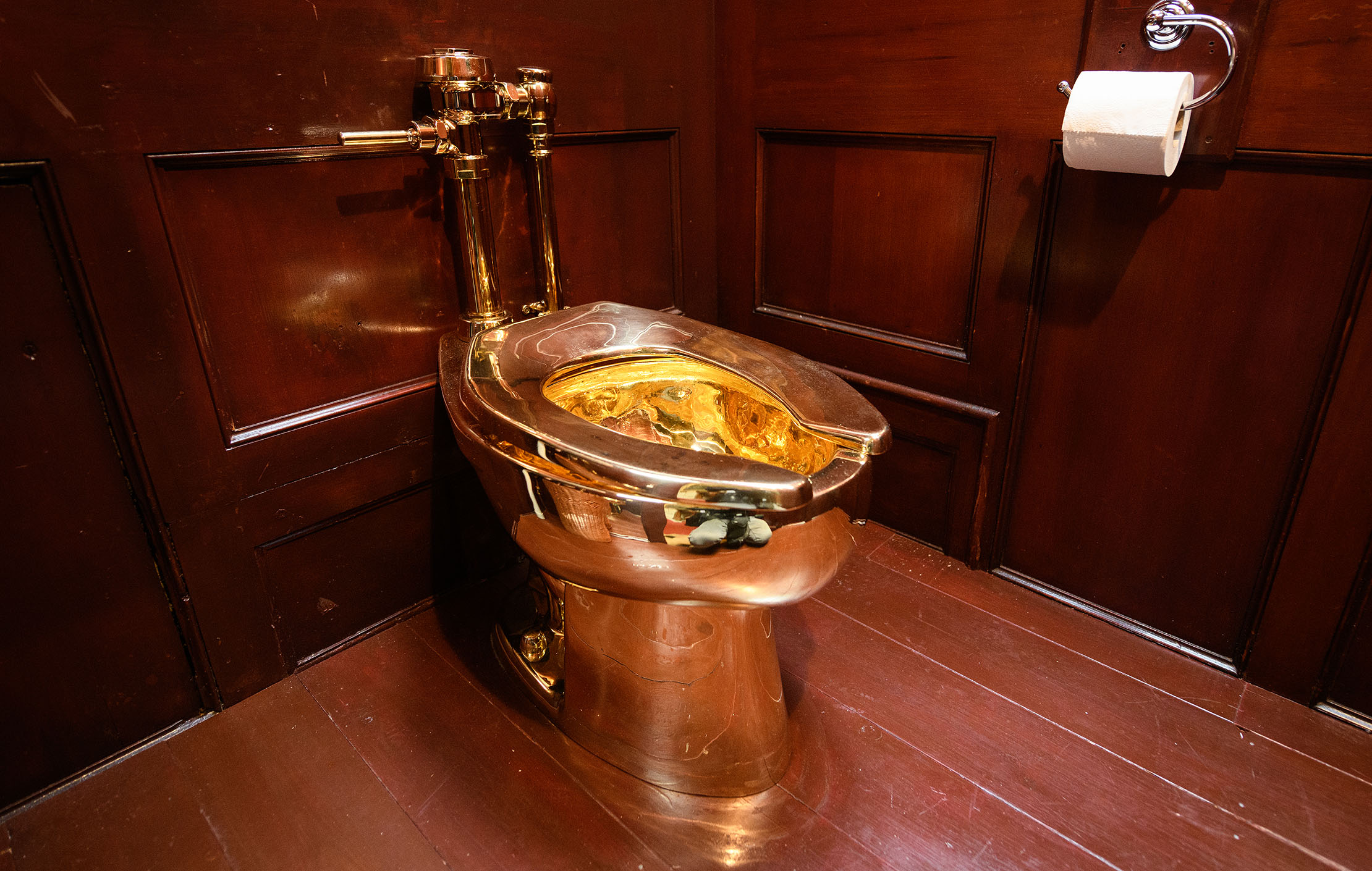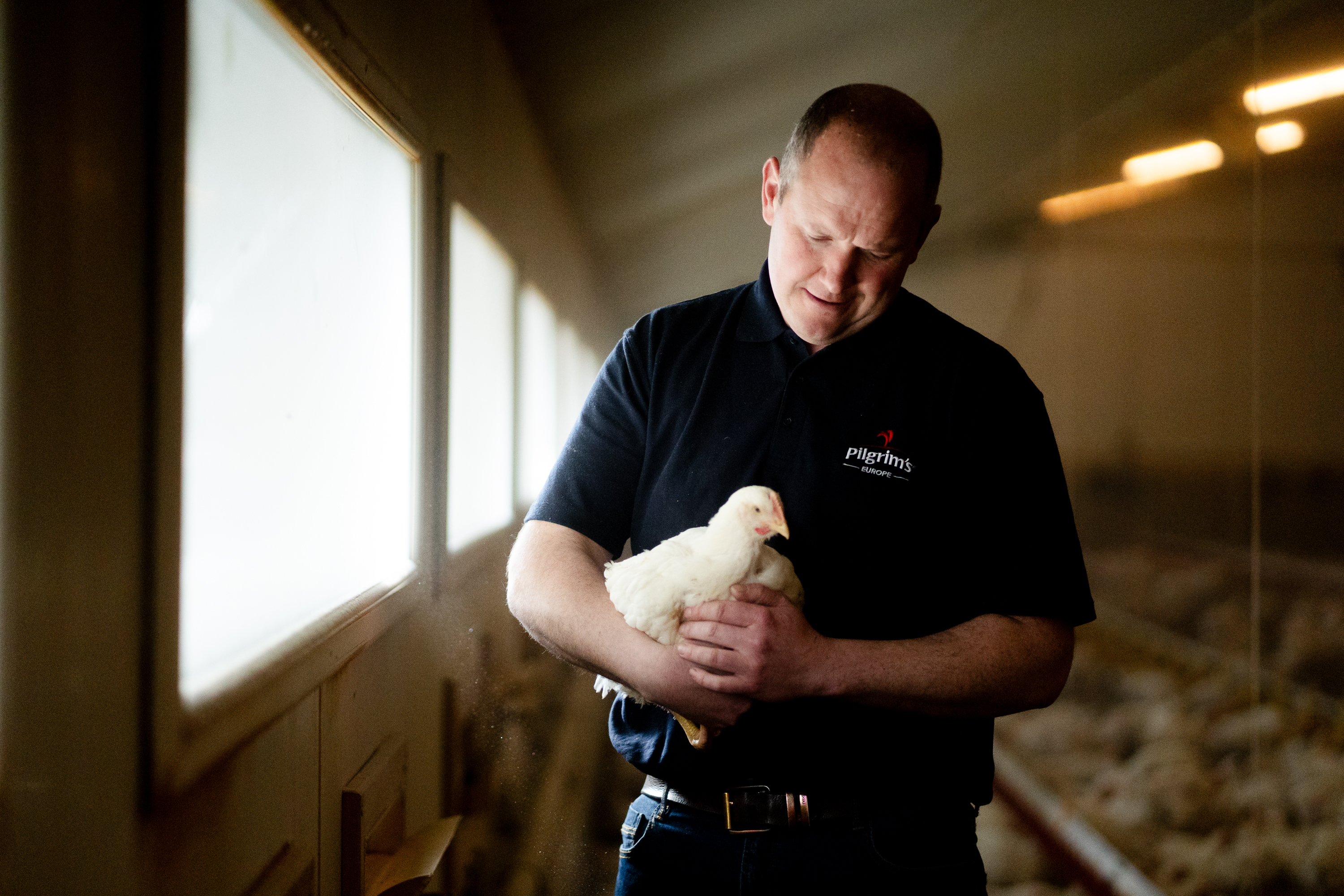Five things you didn't know about Blenheim Palace, from helping with royal adulterers to its unique role in equal rights
Blenheim Palace, the Duke and Duchess of Marlborough's Oxfordshire home, is one of the most famous country houses on the planet — not to mention the birthplace of Winston Churchill. Discover five things you (probably) didn't know about the estate.


Every Tuesday, we delve into the Country Life archives to enjoy some of the treasure of the past. This week, it's a fascinating 'did you know' piece from 2006 looking at the wonderful Blenheim Palace, one of the great architectural jewels of Britain.
Why Blenheim was named 'Blenheim' — and why it was built in the first place
In 1700 Louis XIV's huge ambitions and his large, powerful army had ensured France had not lost in battle for 50 years. But in 1704 John Churchill, Earl of Marlborough put a stop to this. Against all odds his army conquered the French outside a town in Bavaria called Blenheim. Queen Anne wanted to honour the Earl and commissioned prestigious architects John Vanbrugh and Nicholas Hawksmoor to design a magnificent baroque palace in the grounds of a royal hunting park, as a monument to the Battle of Blenheim. The Palace replaced the Royal Palace of Woodstock, a Tudor palace 200 metres away on the other side of the river.
Blenheim's unique role in equal rights for women
The first Duke of Marlborough had no surviving sons which led parliament to introduce legislation enabling the Dukedom and estate to be passed to a female heir or through the female line. Thus the second holder of Blenheim Palace was in fact a woman. A younger daughter, Lady Anne Churchill, married Charles Spencer, 3rd Earl of Sunderland (c. 1674-1722), and from this marriage descended the modern Dukes of Marlborough.
Originally they bore the surname Spencer but George Spencer, the 5th Duke of Marlborough, obtained a Royal Licence to assume and bear the additional surname and arms of his famous ancestor, the 1st Duke of Marlborough, and thus became George Spencer-Churchill.
The Dukedom of Marlborough is the only Dukedom in the United Kingdom that can still pass in the female line. The succession for the Dukedom is as follows:
- The heirs-male of the 1st Duke's body lawfully begotten;
- His oldest daughter and the heirs-male of her body lawfully begotten;
- His second and other daughters, in seniority, and the heirs-male of their bodies lawfully begotten;
- His oldest daughter's oldest daughter and the heirs male of her body lawfully begotten;
- All other daughters of his daughters and the heirs male of their bodies;
- And other descendants into the future in like fashion, with the intent that the Marlborough title never become extinct.

How Blenheim helped Henry II enjoy an extra-marital affair
Long before the Palace was built Henry II used to keep his mistress Rosamund Clifford in a cottage in the grounds of Blenheim Palace. Legend has it that a labyrinth led to the cottage, ensuring only the King himself could reach it — until his wife, the formidable Eleanor of Aquitaine grew suspicious.
A thread from a tapestry Rosamund Clifford was weaving caught on the King's spur as he left the cottage, leaving a clear trail for his wife, direct to the front door. Rosamund was offered death by the sword or by poison but while she was being taken to London she escaped and took refuge in a convent nunnery at Godstow near Oxford in 1176.
Sign up for the Country Life Newsletter
Exquisite houses, the beauty of Nature, and how to get the most from your life, straight to your inbox.
The stones from this convent were used to build many of the buildings in the area, including the Trout Inn, featured in the Inspector Morse television series.
Blenheim's special status as a World Heritage Site
In 1987 the United Nations selected Blenheim Palace to join the Great Wall of China and the Pyramids as a World Heritage Site. As a monument to the Battle of Blenheim, an exquisite example of English Baroque and of Capability Brown's landscaping, the Palace was considered by selectors to have been of prime importance to human development. The Palace is the only historic house in Britain to be bestowed with this honour.
Blenheim's marriage of convenience
Blenheim Palace was in a dire financial situation when the 9th Duke of Marlborough inherited the title in the 1890s. Money was urgently needed so the Duke set off for America in search of a rich bride. Seventeen-year-old Consuelo Vanderbilt fitted the bill perfectly.
Her father was the Bill Gates of Victorian America, and in marrying her, Blenheim Palace became £3/4 billion richer. After 10 years, the marriage came to an end; both parties happily remarried and Blenheim Palace remained financially buoyant.
This article first appeared in Country Life in 2006.

Blenheim Palace's lost ballroom, theatre and chambers seen for the first time in 250 years
Recent work has meant that chambers unseen for 250 years have emerged from the murky underwater depths at Blenheim Palace,

Country Life Today: Thieves who stole Blenheim Palace's golden loo might be 'the real artists', suggests Cattelan
This morning's news looks at an extraordinary theft from Blenheim Palace, re-visits William Wallace's most famous victory and enjoys the
Country Life is unlike any other magazine: the only glossy weekly on the newsstand and the only magazine that has been guest-edited by HRH The King not once, but twice. It is a celebration of modern rural life and all its diverse joys and pleasures — that was first published in Queen Victoria's Diamond Jubilee year. Our eclectic mixture of witty and informative content — from the most up-to-date property news and commentary and a coveted glimpse inside some of the UK's best houses and gardens, to gardening, the arts and interior design, written by experts in their field — still cannot be found in print or online, anywhere else.
-
 A Grecian masterpiece that might be one of the nation's finest homes comes up for sale in Kent
A Grecian masterpiece that might be one of the nation's finest homes comes up for sale in KentGrade I-listed Holwood House sits in 40 acres of private parkland just 15 miles from central London. It is spectacular.
By Penny Churchill
-
 What the cluck? Waitrose announces ‘trailblazing’ pledge to help improve chicken welfare standards
What the cluck? Waitrose announces ‘trailblazing’ pledge to help improve chicken welfare standardsWaitrose has signed up to the Better Chicken Commitment, but does the scheme leave Britain open to inferior imports?
By Jane Wheatley